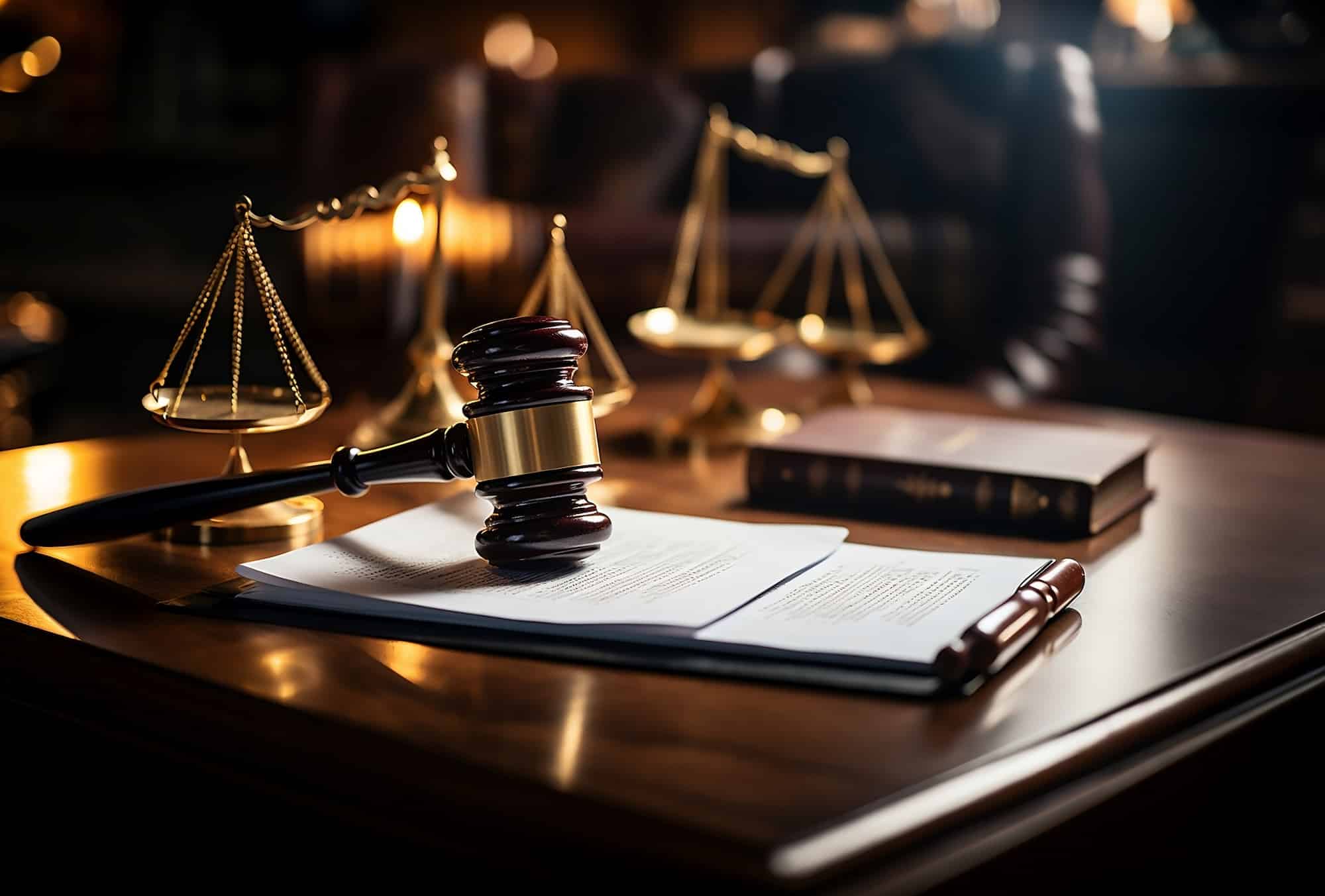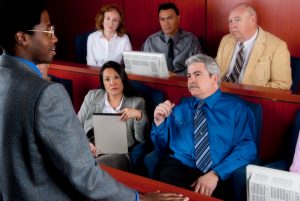Why Your Following Case Demands a Solid Trial Presentation: Insights and Techniques for Lawyers
Why Your Following Case Demands a Solid Trial Presentation: Insights and Techniques for Lawyers
Blog Article
Browsing the Intricacies of Trial Presentations: Tips for Seamless Delivery and Compelling Disagreements
In the realm of legal process, the art of test discussion stands as an essential determinant of success. As lawyers navigate the complex web of court room dynamics, the ability to perfectly supply disagreements and evidence while captivating the court's interest ends up being critical. The complexities fundamental in trial discussions call for a fragile balance of skill, approach, and skill. By honing strategies that guarantee a sleek delivery and crafting engaging arguments that reverberate with the audience, lawyers can substantially boost their advocacy. In a globe where persuasion preponderates, mastering the complexities of trial discussions is not simply an option however a necessity for those seeking to prevail in the court.

Comprehending Trial Objectives
To successfully browse a test, it is vital to have a clear understanding of the objectives that require to be attained. Before entering the court, legal teams have to specify their goals and preferred outcomes. These purposes serve as assisting principles throughout the trial, forming methods and influencing decision-making processes.
Recognizing trial purposes includes a thorough analysis of the situation, legal criteria, and the customer's benefits. Trial Presentations. It needs a meticulous exam of the truths, recognizing vital concerns, and preparing for prospective difficulties. By setting quantifiable and specific goals, attorneys can customize their arguments and discussions to line up with the preferred results
Moreover, a clear grasp of test objectives allows legal groups to focus on evidence, witnesses, and lawful arguments successfully. It permits for the growth of a systematic story that reverberates with the court and jury, reinforcing the total situation presentation.

Organizing Evidence Efficiently
Having a clear understanding of trial goals lays the structure for organizing proof successfully in legal procedures. By lining up the presentation of evidence with the preferred end results of the test, lawful groups can enhance their debates and enhance their persuasiveness.
An additional crucial element in arranging evidence successfully is developing a logical flow. Presenting proof in a coherent and consecutive manner can assist develop a compelling narrative that supports the lawful arguments being made. Furthermore, utilizing aesthetic aids such as timelines, charts, or charts can further improve the organization of evidence and assist in making clear intricate relationships or series of events.
Moreover, making certain that all evidence offered is permissible and appropriate to the situation is essential. Irrelevant or inadmissible proof can diminish the stamina of the disagreement and possibly damage the trustworthiness of the here and now celebration. A precise evaluation and option process need to be embarked on to include just the most impactful and legally sound evidence in the test discussion.
Crafting Convincing Narratives
Crafting engaging narratives plays an essential role in presenting persuasive disagreements throughout legal proceedings. When constructing a story for a trial discussion, it is necessary to develop a clear storyline that highlights key points and attaches them in a coherent fashion. By weaving together evidence, testimony, and legal disagreements into a natural and influential story, lawful specialists can properly advocate for their customers and increase the probability of a beneficial end result in the court room.
Understanding Visual Aids
Effective use aesthetic aids is crucial to enhancing the impact and clarity of test presentations. Aesthetic aids, when made use of purposefully, have the power to simplify complex details, enhance crucial points, and leave a lasting impact on the court and jury. To understand visual help in trial presentations, it is crucial to guarantee that they are clear, concise, and appropriate to the disagreements being made.
When incorporating visual help, such as graphes, timelines, charts, or pictures, into a trial presentation, it is vital to maintain them aesthetically appealing yet expert. The visuals ought to enhance the verbal debates, offering an aesthetic representation of the details being reviewed without overwhelming the audience with unneeded details.
Moreover, experimenting the aesthetic help ahead of time is vital to ensure a smooth distribution during the test. Familiarizing oneself with the web content, changes, and timings of each visual help can aid maintain the flow of the presentation and avoid technological problems that may occur.
Delivering Impactful Closing Debates
An engaging closing disagreement acts as the end result of a a knockout post test discussion, enveloping the core narrative and persuading the court and court in the direction of a favorable choice. To provide an impactful closing disagreement, it is essential to succinctly evaluate bottom lines, highlight the strengths of your case, and resolve any type of weaknesses in a tactical way. Begin by outlining the main disagreements that support your customer's position, stressing why the proof click to read more provided throughout the test supports your story. It is important to develop a sense of cohesion and clearness, directing the court and jury in the direction of the preferred final thought.
Additionally, integrating psychological allure can further enhance your closing disagreement. By attaching and humanizing the instance on an individual level with the decision-makers, you can evoke compassion and understanding, affecting their understanding of the realities provided. Furthermore, repeating the legal requirements that must be fulfilled for a positive ruling can reinforce the validity of your placement. Eventually, a well-crafted closing argument need to leave an enduring impression, engaging the judge and court to regulation in your client's support.
Final Thought
To conclude, grasping trial presentations includes comprehending goals, arranging proof, crafting stories, making use of aesthetic help, and delivering impactful closing arguments. By carrying out these approaches effectively, attorneys can offer their case perfectly and make compelling disagreements in the court. It is critical to browse the intricacies of test presentations with precision and skill to achieve success in legal process.
By lining up the presentation of proof with the preferred results of the test, legal teams can enhance their disagreements and improve their persuasiveness (Trial Presentations). To grasp visual help in test presentations, it is essential to guarantee that they are clear, succinct, and appropriate to the disagreements being made
An engaging closing debate offers as the culmination of a trial discussion, encapsulating the core narrative and view publisher site persuading the judge and court in the direction of a positive decision. Begin by laying out the primary arguments that sustain your client's position, stressing why the proof provided throughout the trial sustains your story.In final thought, understanding trial discussions involves comprehending goals, organizing proof, crafting stories, utilizing aesthetic help, and delivering impactful closing debates.
Report this page